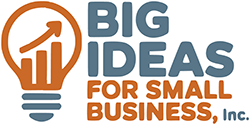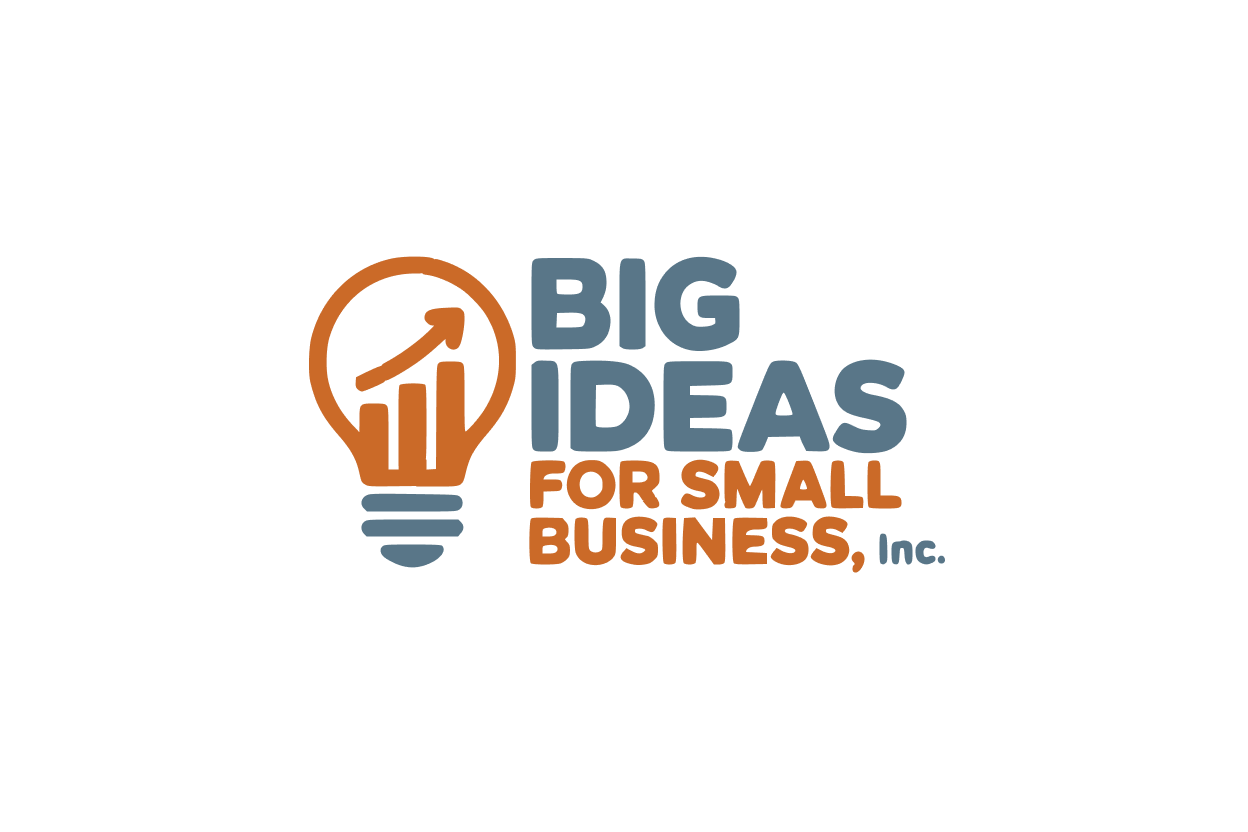 One of the most popular types of qualified retirement plans for businesses large and small is the 401(k) plan. It is funded mainly by employees through salary reduction contributions. Depending on the type of 401(k) plan used, employers may or must make certain contributions to employees’ accounts. Given the tight labor market and employers looking for ways to enhance their compensation packages to employees, now is a good time to consider making changes to your 401(k) plan.
One of the most popular types of qualified retirement plans for businesses large and small is the 401(k) plan. It is funded mainly by employees through salary reduction contributions. Depending on the type of 401(k) plan used, employers may or must make certain contributions to employees’ accounts. Given the tight labor market and employers looking for ways to enhance their compensation packages to employees, now is a good time to consider making changes to your 401(k) plan.
Change to automatic enrollment
There are 3 types of automatic enrollment 401(k)s:
- Basic automatic enrollment
- Eligible automatic contribution arrangement (EACA)
- Qualified automatic contribution arrangement (QACA)
According to the Plan Spouse Council of America, 62% of 401(k) plans use an automatic enrollment feature. Once an employee is eligible to participate, the employee is enrolled in the plan with a default contribution rate (deferral) by the employee set by the plan. The employee may reduce the contribution rate or opt out entirely. The most common default deferral rate now is 6% of pay.
If your company has a 401(k) plan but it lacks an automatic enrollment feature, you may be rewarded for making a switch to automatic enrollment. There’s a federal tax credit of up to $500 per year for administrative costs. The credit runs for up to 3 years for small businesses that adopt an automatic enrollment plan.
Increase matching contributions
About 98% of companies have matching contributions by employers. What an employer contributes depends on annual contribution limits, the type of 401(k) plan, and, of course, what the company can afford. Review the rules and, where possible, increase employer contributions to enhance employees’ perks.
Maximum matching contributions. The maximum contribution—the aggregate of employee contributions and employer contributions—is limited annually to the lesser of:
- 100% of the employee’s compensation, or
- $61,000 for 2022.
Mandatory matching contributions. Employers with a QACA must make required contributions in which employees must become 100% vested after no more than 2 years of service. The contribution choice:
- Matching contribution: 100% match for elective deferrals that do not exceed 1% of compensation, plus 50% match for elective deferrals between 1% and 6% of compensation; or
- Nonelective contribution: 3% of compensation for all participants, including those who choose not to make any elective deferrals.
Discretionary matching contributions. If you aren’t required to make contributions, you may choose to do so up to the maximum contribution limit explained above. When companies struggle, they may opt to not make any matching contributions. They may even be able to suspend contributions under certain circumstances. For example, during the pandemic, the IRS allowed an employer to suspend or reduce matching contributions mid-year to safe harbor plans, even if not operating at a loss.
Change investment options for participants
A 401(k) must offer a menu of investment options for participants (“participant-directed plans”) or manage investments on behalf of participants. If your employees manage their own accounts, be sure the plan offers a broad array of investment options to enable participants to diversify their holdings.
For automatic enrollment 401(k)s, there must be a default investment if the employee does not choose otherwise. For the fiduciary (typically the owner in a small business) to obtain liability relief, the acceptable default alternatives are a target-date fund, an asset allocation (balanced) fund, or a professionally managed account. John Hancock says nearly 75% use a targeted-date fund as their default investment.
In the words of the DOL: “Continually monitoring the investment options ensures that your selections remain in the best interests of your plan and its participants.”
Now may be a good time to review investment options as well as the default investment if applicable. For example, The Wall Street Journal noted that a cryptocurrency investment option is now available through a certain 401(k) provider.
Also check investment fees, which eat into participants’ returns. There’s a 401(k) plan fees disclosure tool that you can use to compare investment fees and administrative costs of competing providers of plan services.
If you use a 401(k) provider (e.g., Fidelity), be sure its offerings comport with your needs. If not, it may be time to change providers.
Be aware that there’s been a rise in lawsuits by participants against plan fiduciaries because of investment options (usually because the options are too costly). While the suits reported involve large employers, small employers are not exempt from potential litigation.
Final thought
More than three-quarters of workers in the U.S. are worried about their financial security in retirement. To the extent that your 401(k) encourages participation and demonstrates employer support through contributions, it may go a long way in easing anxiety and engendered loyalty to your business.
When making any changes, be sure to comply with notice requirements and go the extra mile in explaining changes to employees. For more information, check the DOL’s 401(k) Plans for Small Businesses.


